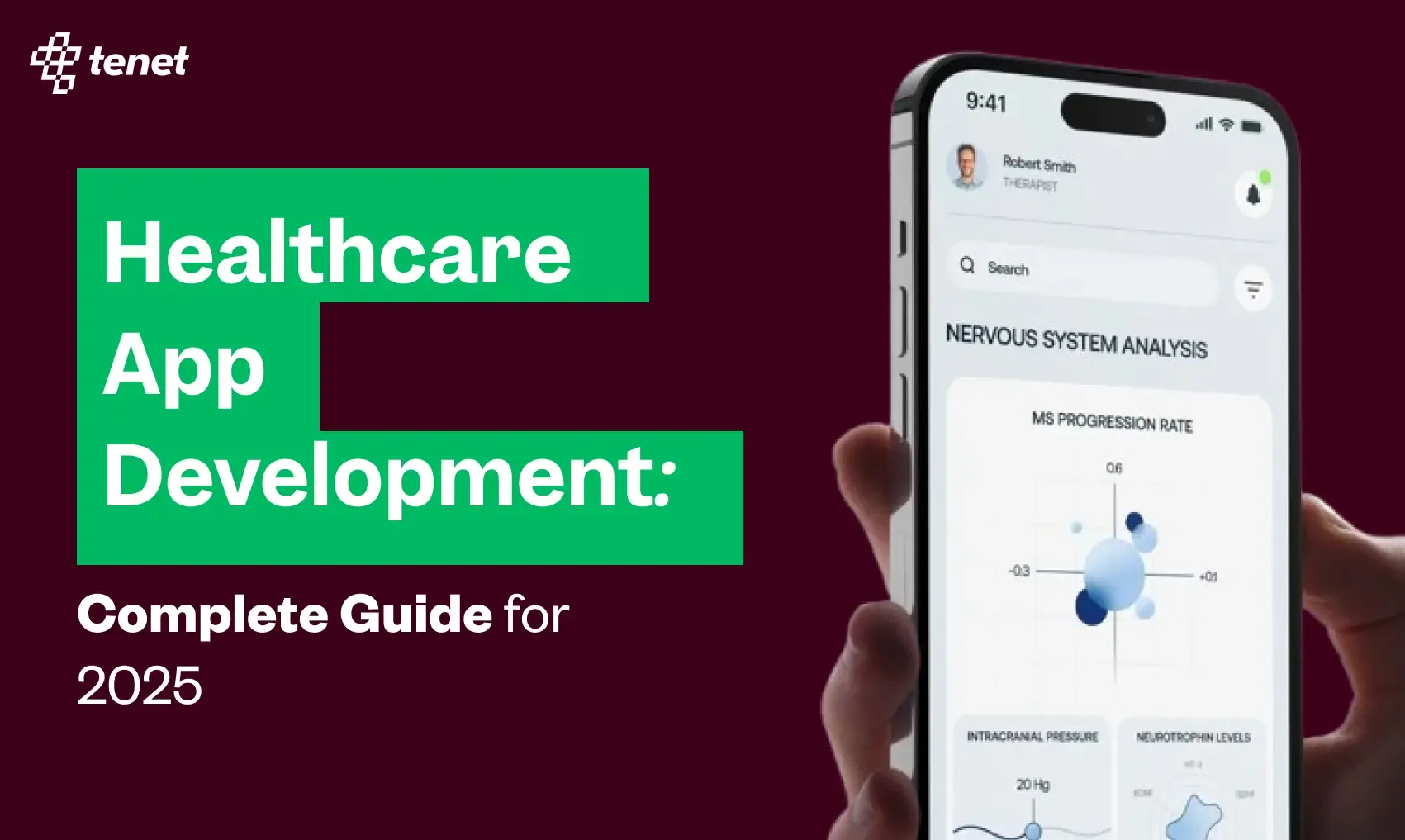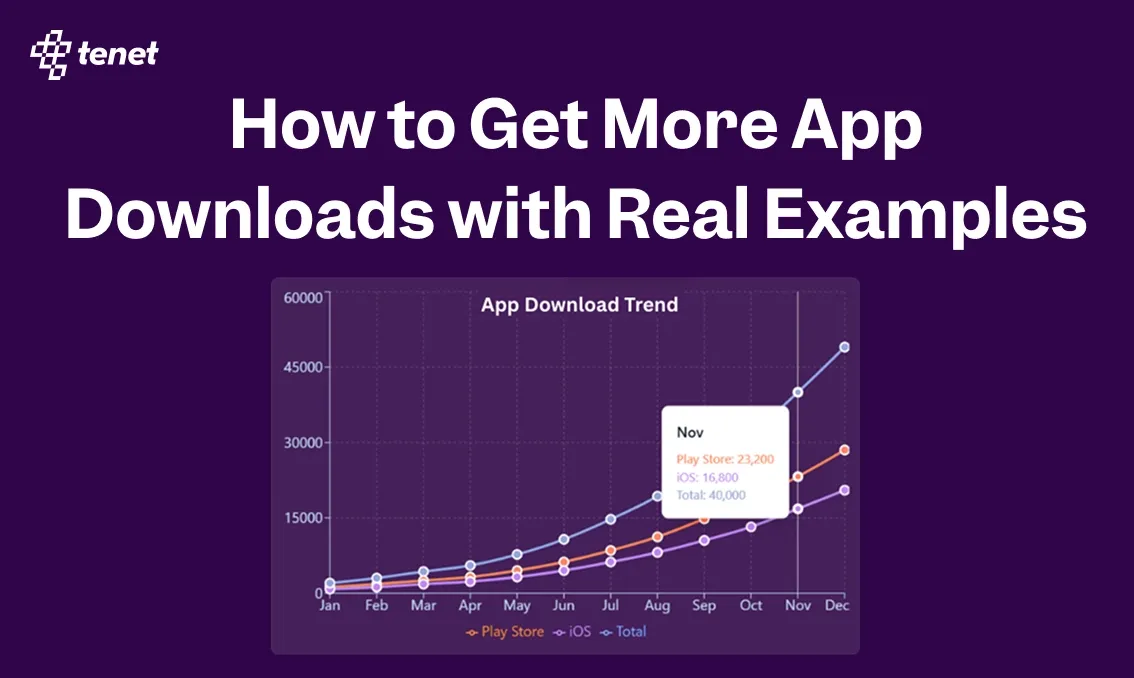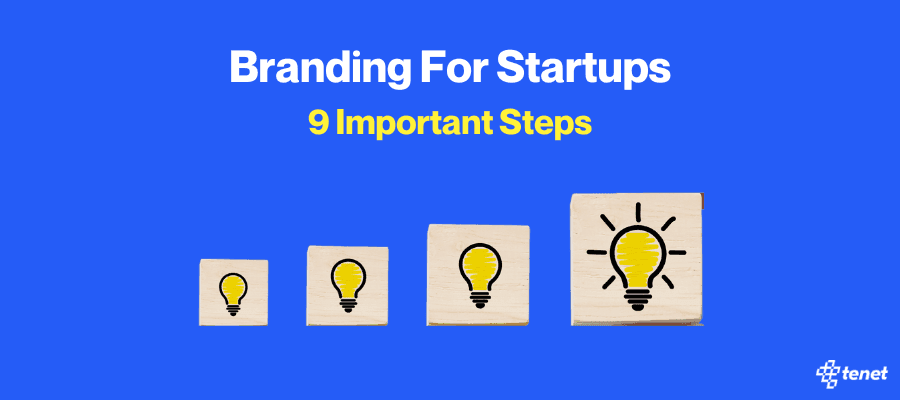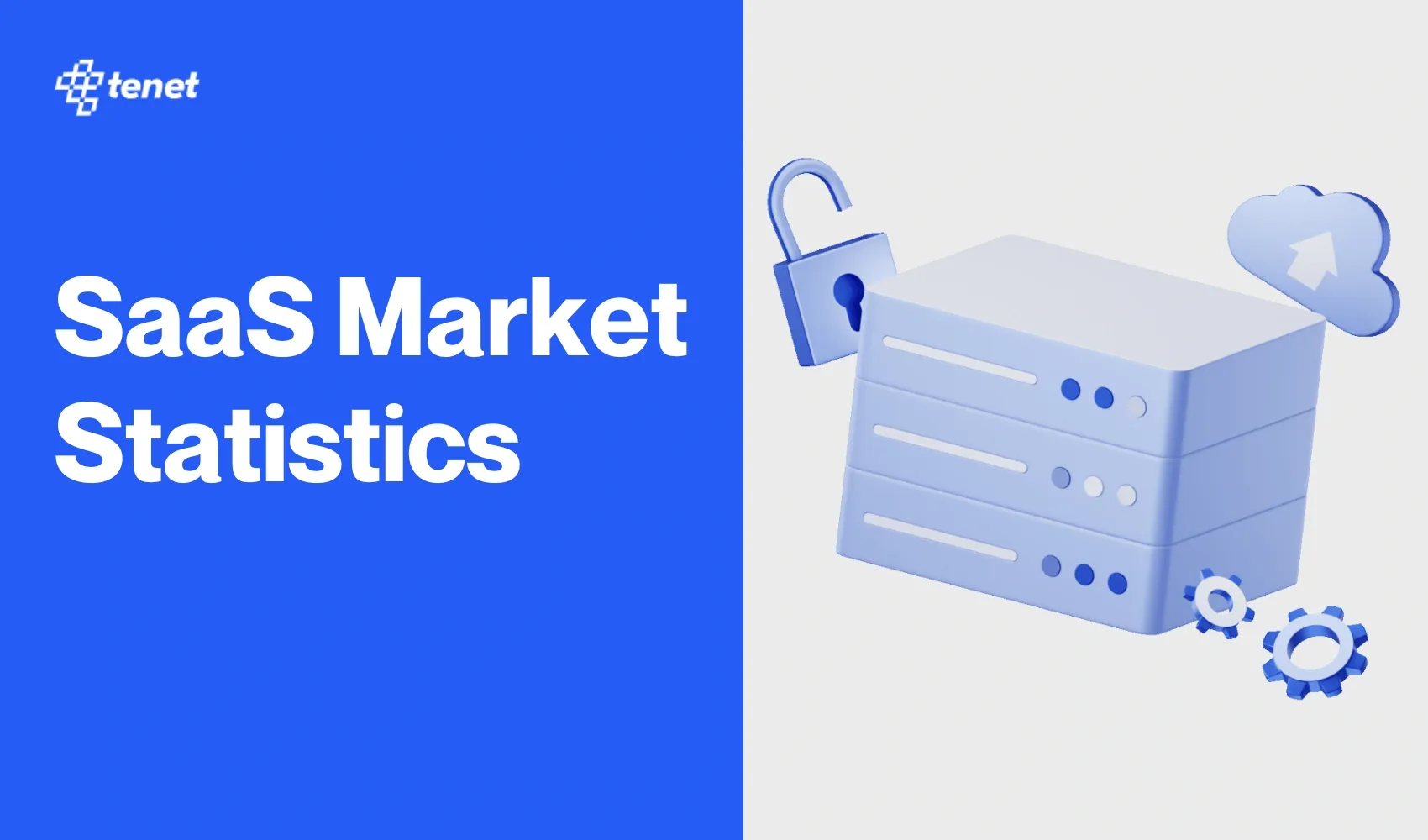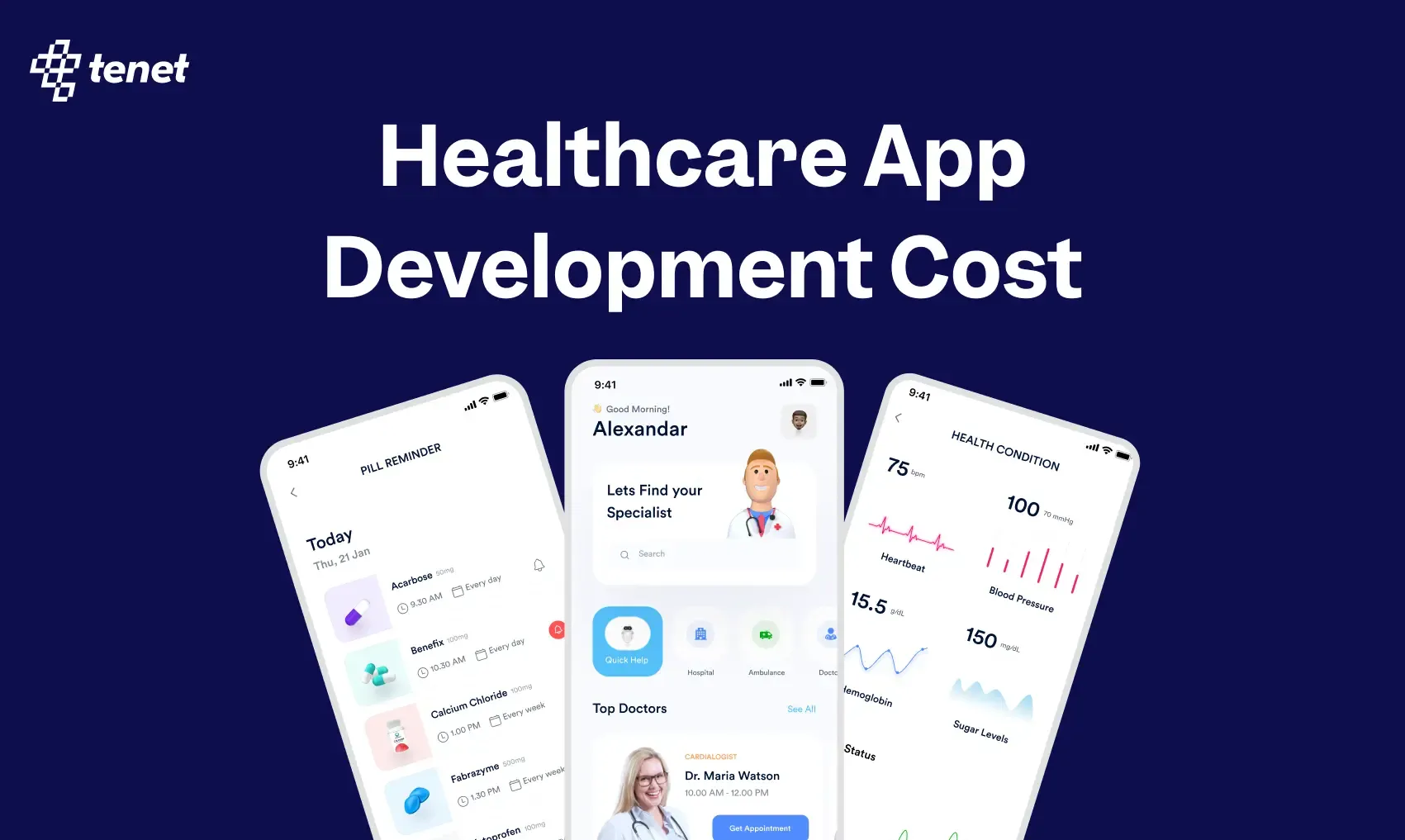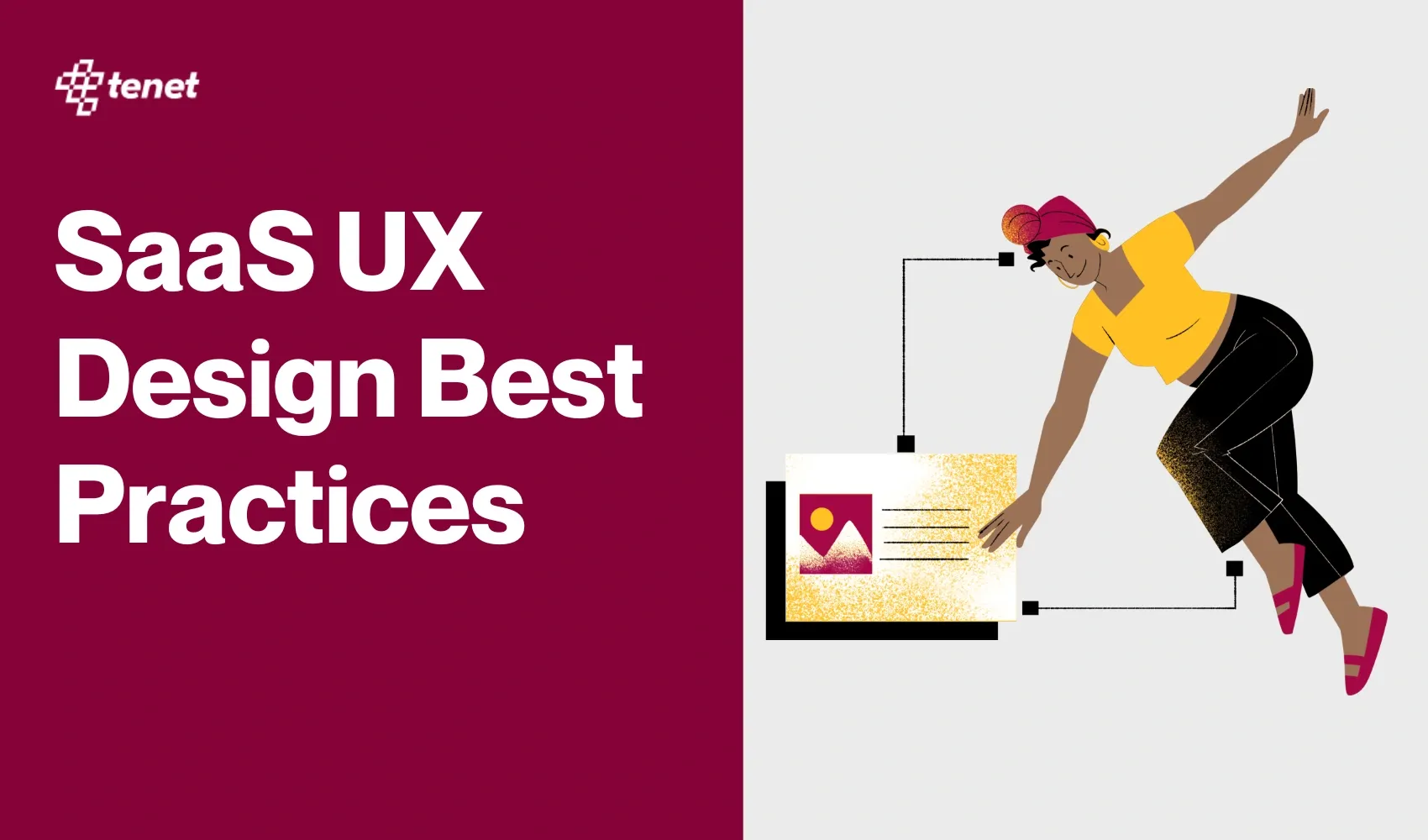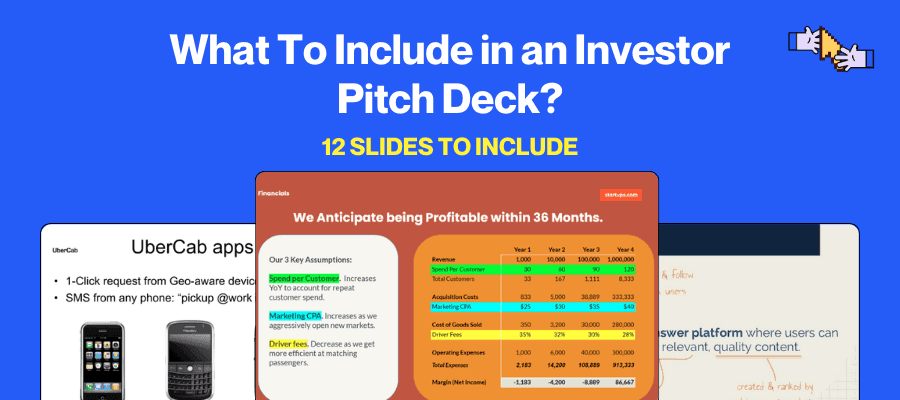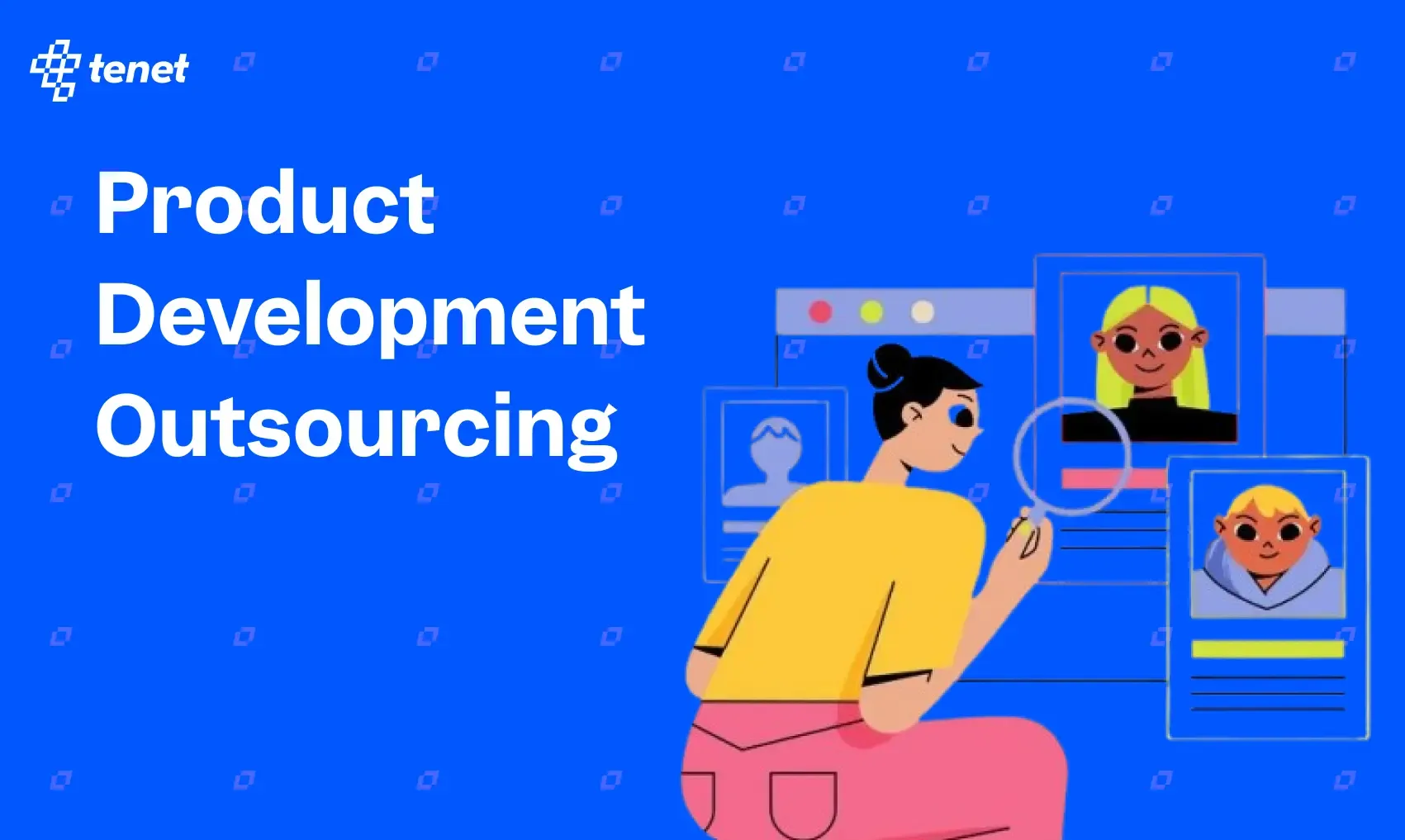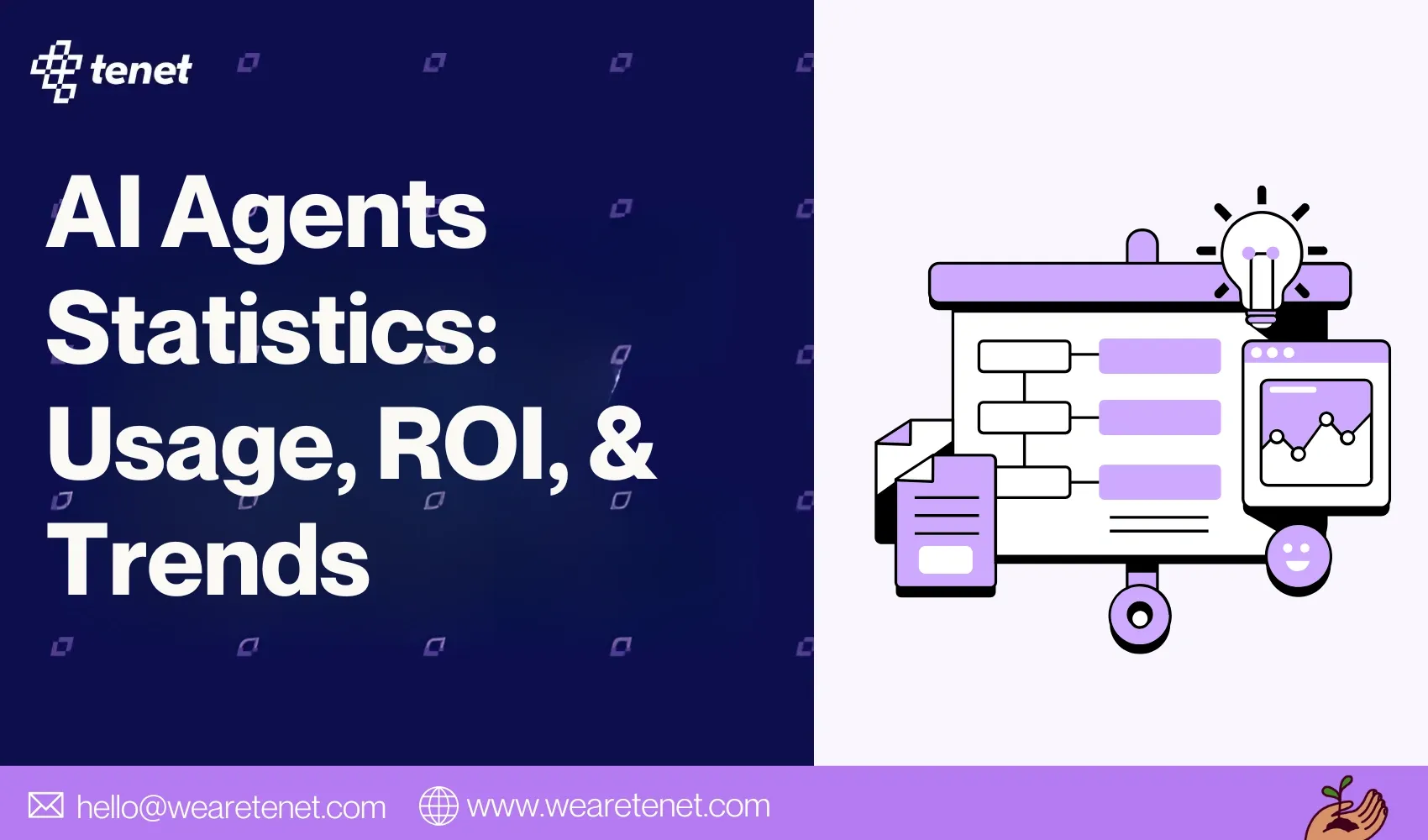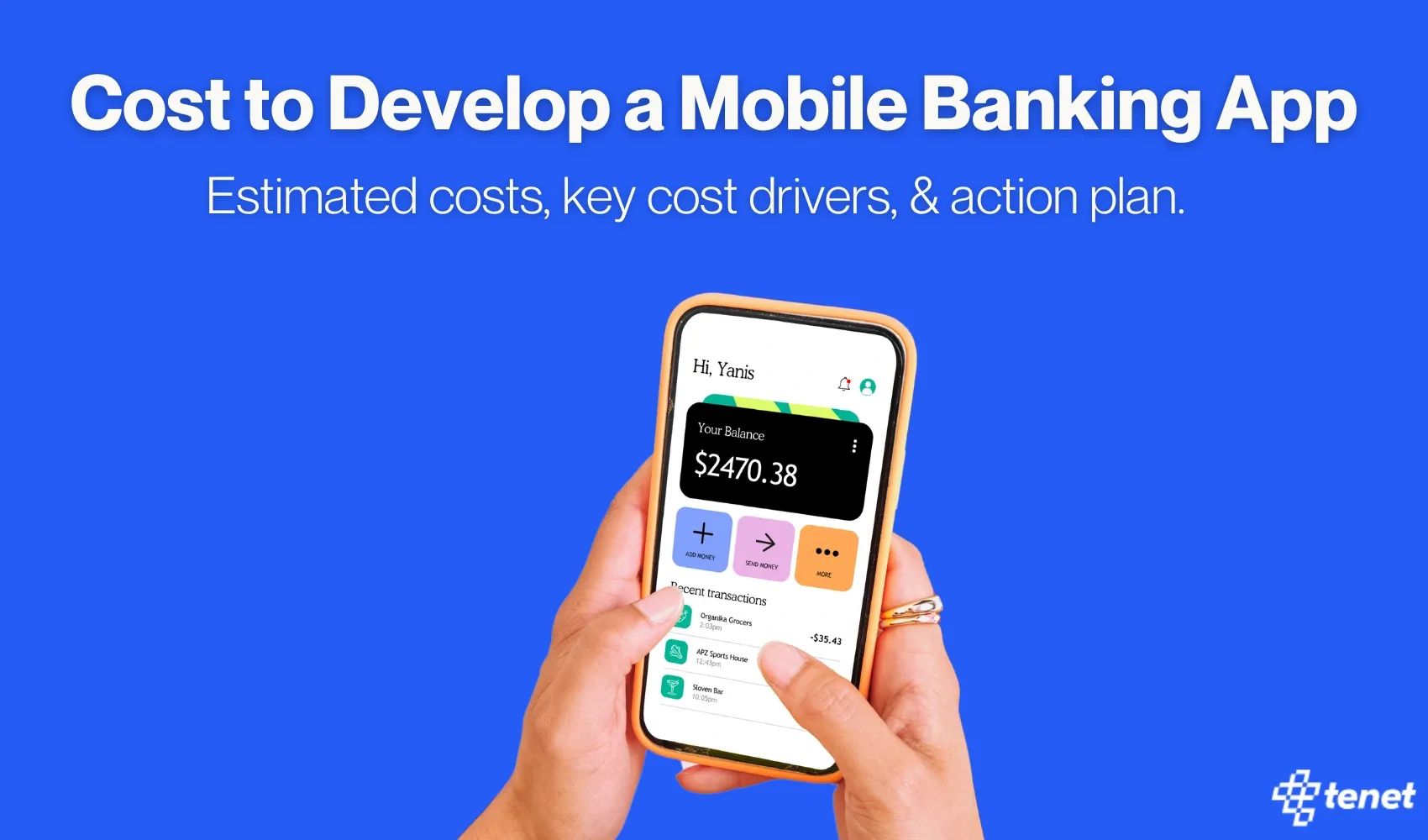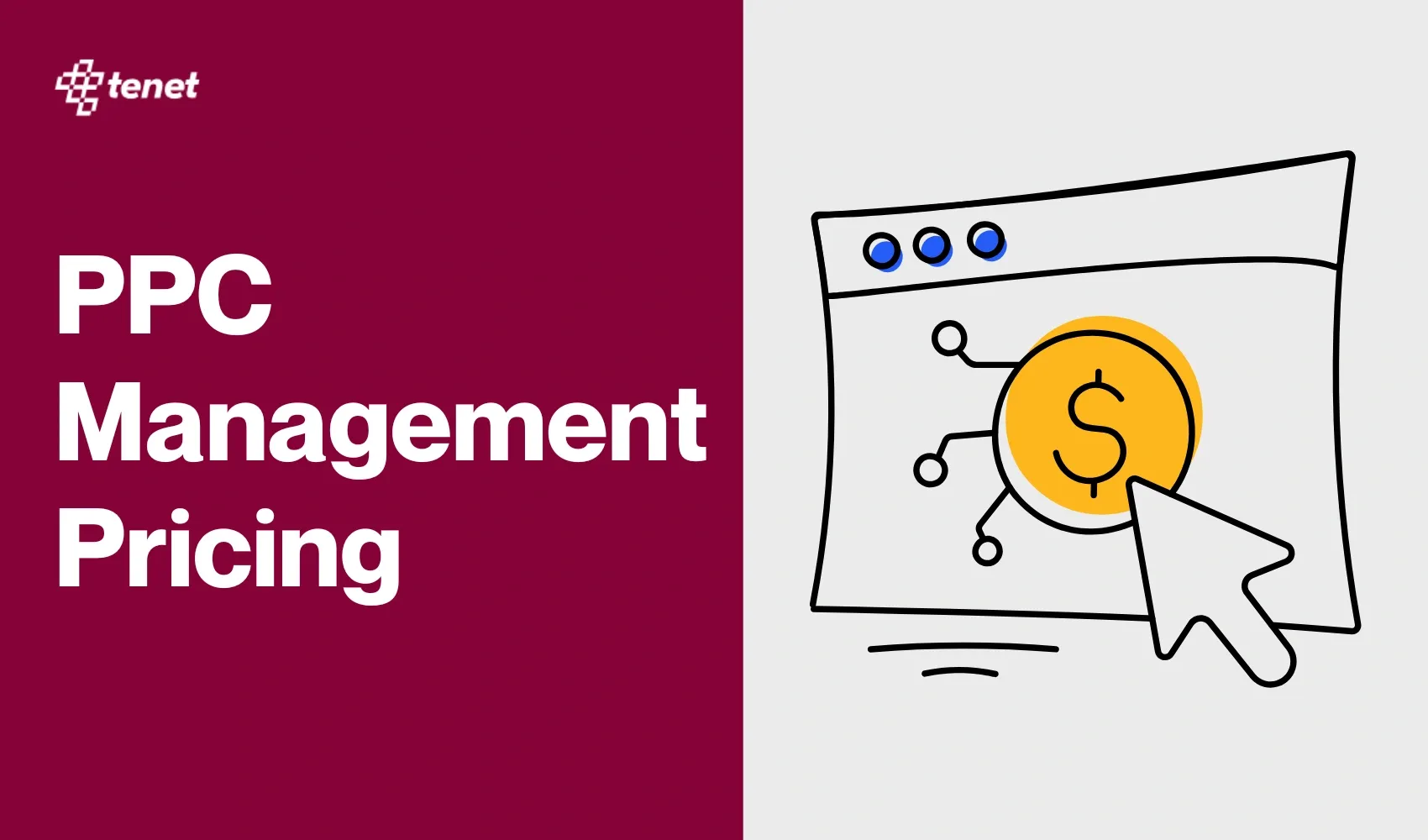LLM Usage Statistics 2025: Adoption, Tools, and Future
Share
Share

Large language models (LLMs) have become one of the most important technologies shaping business, research, and daily life. From automating simple tasks to supporting advanced problem-solving, these tools are being adopted across industries at a rapid pace.
Companies use them to improve efficiency, employees rely on them to increase productivity, and developers continue to build new applications powered by these models.
In this article, we explore the latest statistics that show how quickly LLMs are expanding, how they are being used, and what challenges and opportunities lie ahead.
Note: To prepare this curated report, we combined data from trusted online sources with our own extensive research and analysis. Every statistic is carefully verified, and you can find the full list of data sources at the bottom of the page.
Market Growth and Size of Large Language Models (LLMs)
- The global large language model (LLM) market is projected to reach $82.1 billion by 2033. This shows how LLMs are becoming a core technology for businesses worldwide in areas such as automation, content creation, and data analysis.

- In North America, the LLM market is expected to expand from $848.65 million in 2023 to nearly $105.5 billion by 2030, growing at a CAGR of 72.17%. This sharp rise reflects strong adoption across IT, finance, and enterprise sectors.
- The Asia-Pacific region is forecasted to record the fastest growth rate globally, with a CAGR of 89.21%. Its market could rise from $416.56 million in 2023 to around $94 billion by 2030, driven by rapid AI adoption in China, India, and Southeast Asia.
- Europe’s LLM market is also on track for major expansion, moving from $270.61 million in 2023 to $50.1 billion by 2030. Growth here is supported by government AI policies and adoption in industries like healthcare and finance.
- The mobile on-device LLM market reached $1.92 billion in 2024 and is expected to climb to $16.8 billion by 2033, at a CAGR of 27.4%. On-device models are gaining demand because they allow faster responses and protect sensitive data without heavy reliance on cloud servers.
- North America currently leads the mobile on-device LLM segment, with over 36% of global revenue in 2024. Asia-Pacific and Europe follow, signaling that adoption is quickly becoming global.
- By 2025, the number of applications powered by LLMs is forecasted to grow to 750 million worldwide. This rise highlights the role of AI in reshaping productivity, communication, and customer experience.
- Global spending on generative AI technologies is expected to reach $644 billion in 2025, showing a 76% increase from the prior year. This rapid jump underlines the scale of enterprise investment in AI-powered solutions.
Top-Performing LLM Tools and Benchmarks
- In 2023, Claude 3 Opus ranked as the top-performing large language model worldwide with an average global score of 84.83%. This performance shows its strength in delivering accurate, high-quality results across tasks.
- Gemini 1.5 Pro followed closely in second place with an average global score of about 80%. Its strong performance positions it as a leading competitor in the LLM market.

- As of March 2024, OpenAI o1 achieved the highest benchmark score for solving math problems at 94.8%. This highlights its advanced reasoning and problem-solving abilities.
- OpenAI o1-mini secured the second position in math benchmarks, proving that smaller models can still perform well in specialized tasks while using fewer resources.
- GPT-4o followed behind OpenAI’s o1 models, showing strong consistency in handling complex problem-solving tasks while also maintaining versatility across use cases.
LLM Adoption Across Different Industries

- In the healthcare sector, 21% of U.S. organizations use LLMs to answer patient questions, while 20% operate medical chatbots. This shows that conversational AI is already becoming part of patient engagement.
- Around 18% of healthcare organizations apply LLMs in biomedical research, supporting drug discovery and analysis of medical data.
- Other healthcare uses include information extraction (19%), clinical coding (17%), and medical text summarization (16%), which streamline back-end processes and improve efficiency.
- In commercial deployment worldwide, over 50% of firms plan to use LLaMA and LLaMA-like models. This makes them the most widely chosen models for enterprise-scale use.
- About 26% of firms plan to use embedding models such as BERT and its family for tasks like search and classification.
- Only 7% of companies plan to adopt multi-modal models, showing that enterprises are still focused on text-based models despite rising interest in multi-modal AI.
- Retail and e-commerce currently account for 27.5% of the global LLM market, making it the largest industry segment. Adoption here is driven by customer personalization, product recommendations, and automated chatbots.
- Chatbots and virtual assistants hold the largest global LLM market share by application, with over 27.1% in 2024. This indicates that conversational AI remains the most common use case across industries.
- In terms of providers, Google’s Gemini leads retail and e-commerce with 43% market share, while Microsoft Azure AI leads manufacturing with 44% share. This shows how different vendors dominate specific industry sectors.
- In the financial sector, nearly 60% of Bank of America’s clients already use LLM-powered products for advice on investments, insurance, and retirement planning.
How Professionals Use LLMs in the Workplace
- A survey shows that 88% of professionals believe LLMs improve the quality of their work. Most users find that AI enhances clarity, consistency, and efficiency in their tasks.

- Around 87.9% of professionals rate the impact of AI on work quality at 6 or higher on a 10-point scale, with 26.3% giving it a perfect 10. This reflects high satisfaction with the technology’s usefulness.
- 57% of U.S. professionals use LLMs to boost productivity, while 56.7% explore innovative approaches with AI, and 54.3% apply it to improve work quality. These numbers highlight multiple benefits beyond just time savings.

- When asked about the main benefits of using LLMs at work, 26.7% said time savings was most important, followed by creativity and idea generation at 19%. Interestingly, 22.3% of women saw creativity as a key benefit, compared to 16.2% of men, showing a gender difference in perceived value.
- Other major benefits include accuracy and consistency (17%), decision-making and problem-solving (16%), and data analysis and processing (11%). Together, these uses show how LLMs support both efficiency and critical thinking.
- 51.7% of professionals use LLMs for research and information gathering, while 47% use them for creative writing tasks, and 45% for emails and communication. These patterns show the wide range of workplace applications.
- 37.3% of professionals interact with AI chatbots daily, while 46% engage several times a week. Only 16.7% report using AI less than once a week, proving that workplace adoption is already routine for many.
- A study found that 52% of U.S. professionals earning over $125,000 use LLMs daily, compared to only 20.8% of professionals aged 18–24. This shows that income and seniority play a role in adoption.
- About 48.3% of all users rate their AI expertise as intermediate, while 18.3% identify as experts. This suggests that many professionals are still learning, but confidence in AI use is growing.
- Despite job concerns, 80% of professionals believe LLMs will positively impact their careers, pointing to strong optimism about the role of AI in the workplace.
User Preferences and Platform Choices in LLMs
- OpenAI is the most widely used LLM provider overall, especially in technical fields. About 53% of IT and engineering teams report using OpenAI tools, showing its strong position in developer-heavy industries.
- Google Cloud AI leads in several sectors, with 42% usage in healthcare and 38% in finance, operations, and HR. This indicates that Google’s models are gaining trust in industries where data management and compliance are critical.
- In retail and e-commerce, Google’s Gemini dominates with 43% market share, showing that its generative AI tools are highly adopted for product recommendations and customer engagement.
- In manufacturing, Microsoft Azure AI holds 44% of the market, reflecting strong enterprise adoption where AI is applied for automation, efficiency, and quality control.
- 61.3% of AI users rely on a single platform, which means most professionals prefer sticking to one provider for stability and ease of use.

- Among single-platform users, ChatGPT is the leading choice with 38% share, proving that it remains the most popular standalone option for everyday use.
- The ChatGPT ecosystem now reaches 501 million monthly users, giving it a 74.2% market share. This confirms its status as the most widely used AI platform worldwide.
- When asked why they use AI platforms, most users cite productivity, creativity, and accuracy improvements, making these tools an essential part of professional workflows.
Key Concerns and Challenges With LLM Adoption
- Around 35% of LLM users identify reliability and inaccurate outputs as their primary concern. Many professionals worry about errors or hallucinations in generated content.
- Despite growing adoption, bias remains a major challenge. A 2024 Nature study found that all major LLMs show gender bias, with GPT-2 reducing female-related word usage by 43% compared to human writing.
- Even the least biased model, ChatGPT, used 24.5% fewer female-specific terms than human text, proving that bias persists across models.
- The same study reported racial bias, as models favored white-sounding names in hiring tests 85% of the time, while Black male names were rarely selected.
- These findings highlight the importance of addressing ethical AI design, fairness, and transparency, as LLMs increasingly influence hiring, decision-making, and content creation.
Future Trends and Outlook for LLMs
- By 2025, about 750 million applications worldwide are expected to run on LLMs, showing how deeply these models will be integrated into everyday digital tools.
- At the same time, it is projected that 50% of digital work will be automated through apps powered by LLMs, which means half of repetitive and knowledge-based tasks could shift to AI systems.
- In education, 26% of U.S. teens aged 13–17 had used ChatGPT for schoolwork by late 2024, which was double the share from a year earlier. This shows how quickly younger generations are adopting AI for learning.
- Awareness of LLMs among teens is also very high, with 79% of U.S. students reporting they had heard of ChatGPT in 2024. This demonstrates how fast AI tools are spreading across age groups.
- In global surveys, over 40% of people in many countries said AI helps them finish tasks faster and improves entertainment options. This suggests that public perception is shifting positively toward AI use in daily life.
- A report by Accenture showed that language-related tasks account for 62% of all worked hours, and 65% of these tasks can be automated or enhanced by LLMs. This points to major efficiency gains in workplaces.
- Analysts also expect the retail and e-commerce segment to remain the largest industry market for LLMs, with a 27.5% share, driven by customer personalization and online shopping experiences.
Final Words
The statistics clearly show that large language models are moving from experimental use to mainstream adoption. Businesses, professionals, and students are using them in practical ways, while industries continue to invest in building solutions around them.
At the same time, concerns about accuracy, bias, and reliability remain important to address. As adoption grows, the focus will be on improving performance, ensuring fairness, and creating responsible applications.
The future of LLMs will be shaped not only by their technical power but also by how well they integrate into work, education, and society.
👉 Related statistical roundup
FAQs
What is the market growth and size of large language models?
The global LLM market is projected to reach $82.1 billion by 2033. North America, Asia-Pacific, and Europe lead growth due to strong adoption in it, finance, healthcare, and retail. on-device LLMs are also expanding, supporting faster responses and better data security.
Which LLM tools perform the best in benchmarks?
Claude 3 opus ranked as the top-performing LLM with an 84.83% global score. Gemini 1.5 pro follows closely with about 80%. In 2024, OpenAI O1 achieved 94.8% in math benchmarks, making it the best for advanced reasoning and problem-solving tasks.
How are LLMs being used in different industries?
LLMs are widely used in healthcare for chatbots, medical research, and clinical coding. In finance, they power client advisory tools. Retail and e-commerce use them for personalization and recommendations, while manufacturing applies them for automation and quality control. Adoption is growing across all major sectors.
What are the main concerns and challenges with LLMs
The biggest concerns with LLMs are accuracy, reliability, and bias. About 35% of users worry about incorrect outputs. Studies also show gender and racial bias in model responses, raising ethical concerns. Addressing fairness, transparency, and trustworthy outputs is a top priority for enterprises.
Which LLM tools perform the best in benchmarks?
Claude 3 Opus, Gemini 1.5 Pro, and OpenAI’s o1 series are among the top-performing LLMs. For math problem-solving, OpenAI o1 achieved the highest benchmark score at 94.8% in 2024.
Data Sources
- https://www.statista.com/statistics/1458138/leading-llm-tools/
- https://www.statista.com/statistics/1458141/leading-math-llm-tools/
- https://www.statista.com/statistics/1469378/uses-for-llm-use-in-healthcare-in-the-us/
- https://www.statista.com/statistics/1485176/choice-of-llm-models-for-commercial-deployment-global/
- https://www.statista.com/topics/12691/large-language-models-llms
- https://growthmarketreports.com/report/mobile-on-device-llm-market
- https://erp.today/llm-use-by-data/
- https://springsapps.com/knowledge/large-language-model-statistics-and-numbers-2024
- https://www.statista.com/statistics/1473346/worldwide-opinion-ai-potential-improve-life-by-country/
- https://www.accenture.com/content/dam/accenture/final/accenture-com/document/Accenture-A-New-Era-of-Generative-AI-for-Everyone.pdf
- https://newsroom.bankofamerica.com/content/newsroom/press-releases/2023/07/bofa-s-erica-surpasses-1-5-billion-client-interactions--totaling.html
- https://advocacy.consumerreports.org/wp-content/uploads/2024/01/CR-Report_AI-chatbot-surveys_1.31.24-1.pdf
- https://www.pewresearch.org/
- https://amperly.com/
- https://www.nature.com/
Want your website to rank in AI search engines? Get a free LLM SEO proposal plan.
Want your website to rank in AI search engines? Get a free LLM SEO proposal plan.

Got an idea on your mind?
We’d love to hear about your brand, your visions, current challenges, even if you’re not sure what your next step is.
Let’s talk
